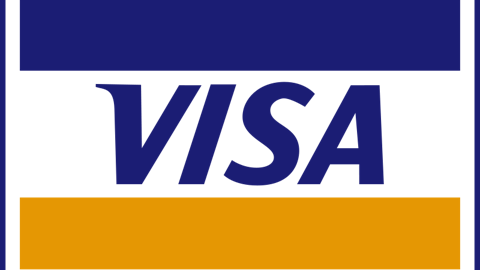The Procter & Gamble Company (NYSE:PG) has been one of the best-known corporations in the world, brewing success decade after decade. But, since the year 2000, its business has reached a whole new level, with its brand portfolio today exceeding $25 billion, up from just $10 billion back then. With the management recently announcing the come-back of its former CEO, A.G. Lafley, who was formerly at the center of operations driving the company’s growth, to lead the company’s restructuring program and accelerate its expansion into the emerging markets, there is a whole new optimism that the company is going to repeat its success in the coming years.
With operations in over 180 countries and a very strong product portfolio, many of which are the world’s most successful brands, The Procter & Gamble Company (NYSE:PG) enjoys the trust of the best fund managers in the world, including the likes of Warren Buffet, Bill Ackman, and Donald Yacktman, with over $120 billion worth of shares held by institutions, showing the faith of the experts in this company. Should individual investors also get into this stock, or are we better off without it?
Strong product portfolio
With presence in Beauty, Grooming, Health Care, Fabric and Home Care, and Baby & Family Care sectors, the company has a very strong and diverse product portfolio with nearly $84 billion in sales and more than $10 million in net earnings. The company’s organic sales increased by 3% last year, which management intends to further with improving margins, and overall sales are expected to grow by 11% to $22.8 billion in the fourth quarter of 2013.
Strong growth in developing markets
The developing markets are providing a great platform for the company’s expansion, with 38% of the company’s sales coming from developing markets, which the company intends to further increase by entering into 20 new countries this year.
With consumer spending in emerging markets expected to increase between 7.7% and 15.2% from 2013 to 2016, and the middle class population in developing markets expected to increase by 1.37 billion people by 2020, opportunities are wide open for FMCG companies to increase operations at an accelerated pace. The Procter & Gamble Company (NYSE:PG) seems to tap this opportunity with all its might.
$10 billion cost-saving plan
Management announced a $10 billion cost-saving plan for 2016, which it intends to achieve by improving net manufacturing productivity by 5% annually. Under the plan, there will be a layoff of 5,700 workers by the end of fiscal 2013, then a further reduction of non-manufacturing jobs by an additional 2%-4% per year from fiscal 2014 through 2016.
Another $1.2 billion will be saved in annual cost of goods, and $1 billion in marketing costs, by 2016. When this plan is completed, the company’s margins will improve further, along with improving both top-line and bottom-line growth.
Procter & Gamble is a dividend aristocrat
The company has consistently rewarded shareholders with dividends for the past 57 years. Currently, it offers a dividend yield of 3.1%, which makes it a compelling stock for long-term investors. The company’s giant portfolio and the decent dividend make it a stable and safe stock to own.
Add to that the fact that the company has a $5 billion-$6 billion share repurchase program lined up for 2013, which should further improve share value.
Compelling valuations
| Procter & Gamble | Colgate-Palmolive (NYSE:CL) | Kimberly-Clark (NYSE:KMB) | |
|---|---|---|---|
| Market Cap | 214.11 | 54.68 B | 37.67 |
| Forward P/E | 18.04 | 18.61 | 16 |
| P/B | 3.24 | 30.96 | 7.99 |
| P/S | 2.56 | 3.19 | 1.78 |
| EV/EBITDA | 12.22 | 13.36 | 10.37 |
| Debt/Equity | 47.42 | 265.33 | 140.98 |
| Dividend Yield | 3.10% | 2.30% | 3.30% |
Kimberly Clark Corp (NYSE:KMB) is primarily involved in the manufacture of paper-based consumer products like Kleenex, Kotex, and Huggies, among others. The company has been rewarding investors heavily with dividends for the past 40 years. The company went public in 1926 and, since then, it has had a long and steady record, today yielding an attractive 3.1% dividend. It is a very stable stock with a beta of 0.3, as over 65% of its outstanding shares are held by institutions.




